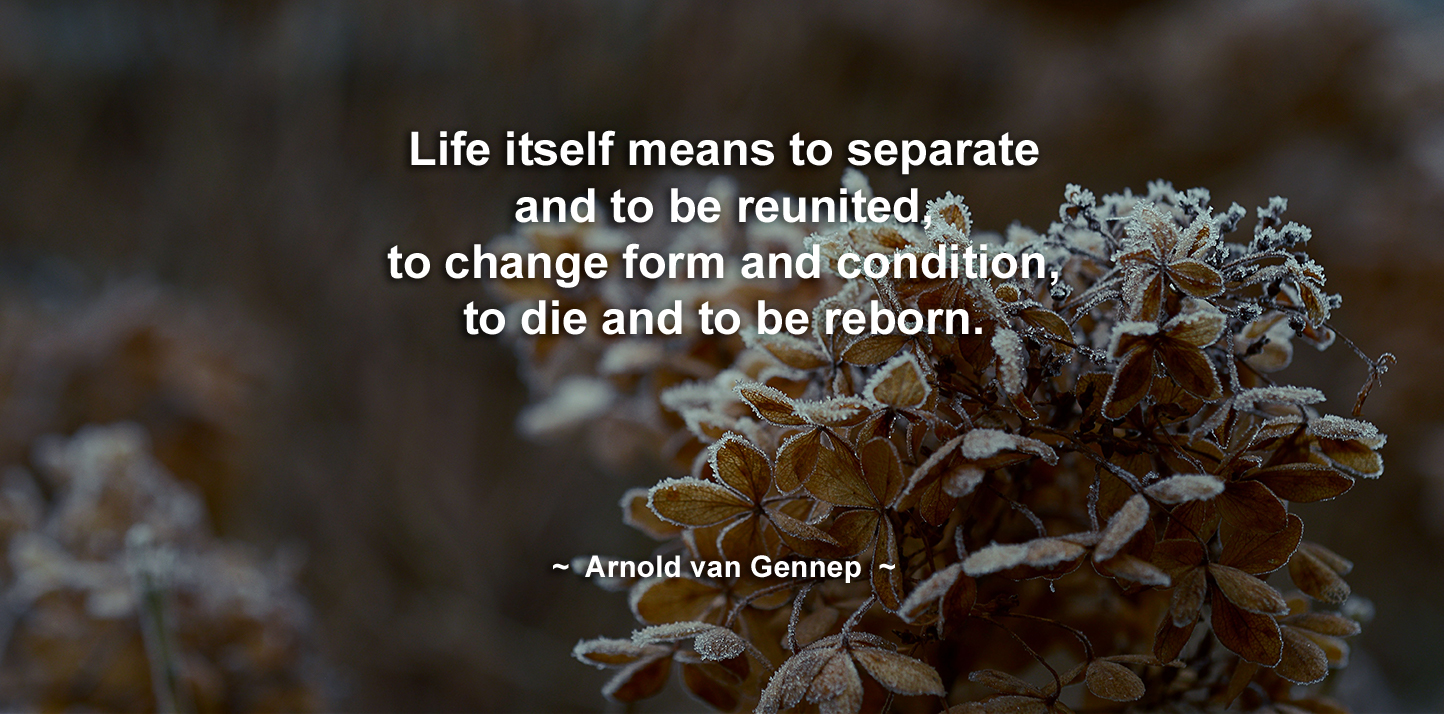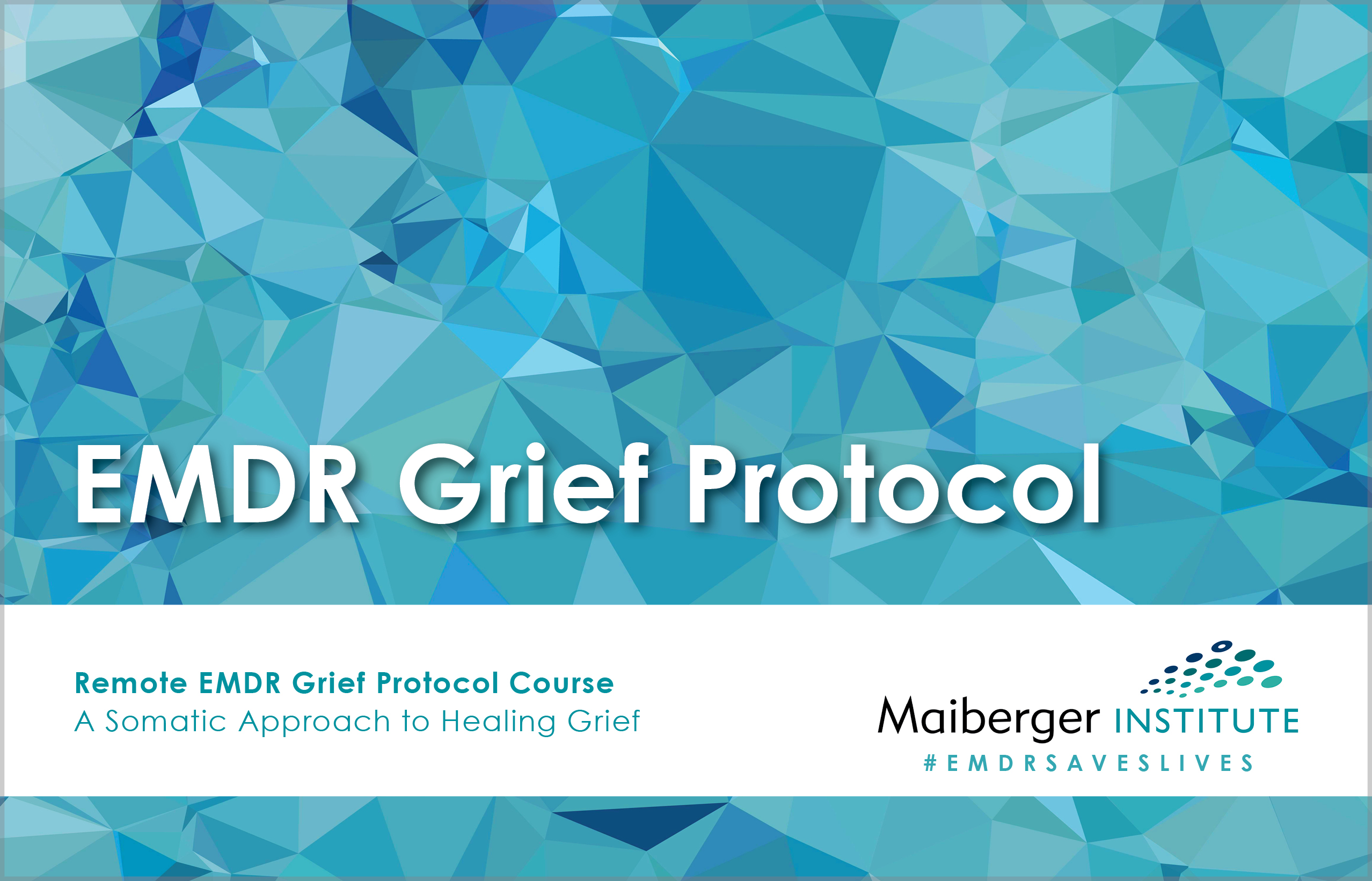It is often said that “the only constant in life is change” (quote adapted from Heraclitus). As humans, we will inevitably experience many changes and thus losses in our lives. From graduation, to moving on from one job to another, to divorce, to losing a loved one to death, our lives are full of changes. Some of these changes are chosen, while others are developmental, while some are forced upon us through circumstance. Some of them come with positive associations, while others come with what may feel like devastating trauma and grief. The truth is, regardless of the change, any transition in life brings with it some sort of loss and the opportunity to grieve what we are losing through the process.
Grief is complex. There are many theories and models identifying the complexity of emotions and experiences that accompany grief. Some of these include: shock, denial, bargaining, anger, sadness, depression, relief, gratitude, acceptance, and potentially new awareness and growth. Many factors will impact our experience of loss such as, the suddenness of the loss, the amount of warning we were given (if any), how we perceive the outcome, if we felt like we had choice in the change process, how the loss compares with the benefit, and the amount of support and resources we have as we navigate the life change (among many others).
 The Rite of Passage model identified by European cultural ethnographer, Arnold van Gennep, is one helpful framework in which to support people going through major life losses and transitions. In this model, van Gennep identifies three major stages of change and discusses how ceremony and rites across cultures often coincide with supporting those stages.
The Rite of Passage model identified by European cultural ethnographer, Arnold van Gennep, is one helpful framework in which to support people going through major life losses and transitions. In this model, van Gennep identifies three major stages of change and discusses how ceremony and rites across cultures often coincide with supporting those stages.
The first stage of change, van Gennep called Preliminal and has been named in different contexts: Death, Separation, Departure or Severance. This essentially points to the ending of something that has been a part of our lives- an identity, a role, a relationship, etc. In this stage, our clients need support acknowledging the transition and beginning to grieve the change, celebrating or honoring the ending, and/or appreciating the gifts that came from the situation (note that these processes may happen quickly, or may take a while for processing of the experience to occur).
The second stage is referred to as the Liminal, No-name, Threshold, Initiation or a time of unknown likened to wandering in the desert. During this time, we are no longer who we were, and not yet who we are to become. This is an uncomfortable, disorienting and sometimes devastating state of affairs. In this stage, clients need their experience to be normalized. They often need support to hold a bigger perspective, to understand that things will not always feel this barren or groundless. As counselors, we are called upon to hold hope, perspective, and to be able to hang out in the discomfort and unknown with our clients when there is no ‘quick fix”. We can also support our clients to feel and express all of the myriad of feelings that may arise during this period.
Finally, the third stage of change is referred to by such names as: Post-liminal, Rebirth, Incorporation, Return and Integration. In this stage, people discover their own internal strengths, and their external support systems. Their true values become clearer, and they begin acknowledging, owning, and living these more intentionally in their lives. In this stage it is helpful to explicitly support clients in eliciting their values, acknowledge what has meaning, and identifying action steps forward. If people do not have enough internal or external health or support, they may get stuck in the in-between and get overcome by addiction, mental or physical illness.
The bottom line is that grief is complex, non-linear and often unpredictable. Everyone’s experience of loss is unique. Listen for what your clients share about their experiences, their emotions, and the meaning they make about their losses. Listen for meaning, and the meaning beneath the meaning. Be curious about where your client’s attention is in relationship to the loss. Is your client feeling distracted? Abandoned? Disempowered? Guilt? Blame? Relief? guilt over the relief? grief over what never will be? Guilt over past unresolved relational experiences or trauma with a situation or loved one? The process of grief can be likened to peeling back layers of an onion, especially when we lose someone or something that is inextricably tied into our identity.
Some say that counseling is a modern-day rite in and of itself, as one is intentionally seeking regular, formalized support for moving through life challenges. As therapists, we are community members who are bearing witness, reflecting the process, and holding a bigger perspective for our clients in their transitions. EMDR therapy, among other modalities, can address many of these layers and support clients in processing unconscious as well as conscious layers of the onion of grief. As always, it is especially important to honor our clients’ pacing as the grieving process is as much an expression of love as it is of loss. Holding an understanding of the stages of loss and change through a Rite of Passage perspective, we can more effectively support our clients’ experiences in each of the stages and provide a framework that normalizes the discomfort and void of the in-between.
Guest Blogger: Katie Asmus, MA, LPC, BMP
 Katie Asmus, MA, LPC, BMP, is a Body-Centered Psychotherapist and Educator. With 17 years experience working in the wilderness, and 12 years as a clinician working with a variety of populations, Katie has spent a great deal of her career bridging the two in the field of Wilderness Therapy. After realizing the prevalence of trauma in our society, Katie focused her graduate studies and thesis work on body-centered modalities for working with trauma in the wilderness, bringing this work to the fields of Adventure Education and Wilderness Therapy. She has presented nationally for 7 years on this topic, and has published a journal article entitled, “Emotional Risk Management: Identifying and Working with Emotional Trauma in the Wilderness Setting through Body Centered Interventions”. Katie was also part of the creation and facilitation of the first Clinical First Responder Course offered at Naropa University in 2004.
Katie Asmus, MA, LPC, BMP, is a Body-Centered Psychotherapist and Educator. With 17 years experience working in the wilderness, and 12 years as a clinician working with a variety of populations, Katie has spent a great deal of her career bridging the two in the field of Wilderness Therapy. After realizing the prevalence of trauma in our society, Katie focused her graduate studies and thesis work on body-centered modalities for working with trauma in the wilderness, bringing this work to the fields of Adventure Education and Wilderness Therapy. She has presented nationally for 7 years on this topic, and has published a journal article entitled, “Emotional Risk Management: Identifying and Working with Emotional Trauma in the Wilderness Setting through Body Centered Interventions”. Katie was also part of the creation and facilitation of the first Clinical First Responder Course offered at Naropa University in 2004.
Related EMDR Therapy Course:

Remote EMDR Grief Protocol Course
One of the questions that often comes up in EMDR consultation is how to work with grief. Some EMDR therapists avoid working with grief because they fear it might interrupt the natural grieving process, some therapists do not recognize how trauma is related to the grief, and some therapists are missing the intersectional context that keeps clients stuck in pain over generations.
As EMDR therapists learn how to approach grief from a trauma-informed, evidenced-based, somatic approach, they can begin to let go of this fear and embrace helping their clients move “with” and “through” their stuck pain.
In this two-day course, EMDR therapists will learn how to honor grief and loss through a client-centered and intersectional approach. Therapists will gain skills in recognizing and working with stuck grief, how to resource clients in building resiliency, develop effective treatment plans, and learn effective interweaves for stuck processing. Therapists will also explore their own experiences with grief and how to take care of themselves before, during, and after EMDR sessions.
This workshop is taught didactically and experientially so that therapists learn through the embodiment of the skills they will be practicing with their clients. This somatic approach will allow therapists to build their confidence in real-time to enhance their skills immediately.
Click to Learn More…
Image Source: “Cinematic Winter Hydrangea macrophylla” by Jakub Jankiewicz via Flickr (CC BY-SA 2.0)





